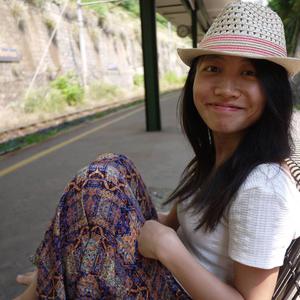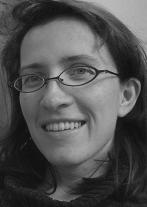Title
Ultra Narrow Band based IoT networks
Abstract
Sigfox rises as a promising candidate dedicated for long-distance and low-power transmissions in the IoT backgrounds. Ultra Narrow Band (UNB), being the communication technology chosen by Sigfox, allows to transmit information through signals whose bandwidth is very limited, typically 100 Hz. Due to the imprecision restraint on electronic devices, it is impossible to transmit UNB signals in orthogonal channels. The natural radio access for this kind of system is thus random ALOHA, in both time and frequency domain. This random access can induce collisions which degrades the networks performance.
The aim of this thesis is to characterize the capacity of UNB based networks, as well as to enhance its performance, by considering the randomness in time and frequency.
The first contribution of the thesis, is the theoretical and numerical capacity evaluation under idealized and realistic channel conditions, for mono base station (BS) case. Under idealized conditions, we have quantified this capacity for generalized ALOHA case and extended for replications. We highlight the time-frequency duality in UNB systems, and that there exists an optimum replication number for a given network parameter set.
Under realistic conditions, we have taken into account the specific spectral interference of UNB systems and propagation path loss (without and with Rayleigh fading) to characterize the performance, with the aid of stochastic geometry.
The second contribution is the enhancement of UNB network performance in single BS case. We propose to use successive interference cancellation (SIC) in UNB networks, which allows to mitigate the interference. We have provided a theoretical analysis by considering both SIC and the spectral interference, for mono-BS case. We bring to light the efficiency of SIC in enhancing UNB system performance.
The third contribution is the improvement of UNB systems, by exploiting the multiple BS diversity. An analytical performance evaluation considering the simplest selection combining is conducted. In particular, we consider the interference viewed by all the BSs are correlated. Then we apply more complex signal combining technologies such as MRC (max ratio combining) and EGC (equal gain combining), and even interference cancellation across multi-BS in UNB networks. We evaluate the performance improvement that each technology can bring, and compare them with each other. We highlight the efficiency of these multi-BS technologies which allow us to achieve significant performance enhancement compared to mono-BS (e.x. 125 times better performance with global SIC).
Last but not least, we experimentally verify the the spectral interference model and network capacity on a cognitive radio testbed.
Jury
- Mr. ANTON-HARO Carles, Directeur de Recherch, à Centre technology de Telecommunications de Catalunya (Reviewer)
- Mr. DI RENZO Marco, HDR à Université Paris-Saclay (Reviewer)
- Mme. HELARD Maryline, Professeur à l’INSA-Rennes (Member)
- Mr. VERDONE Roberto, Professeur à University of Bologna (Member)
- Mr. GORCE Jean-Marie, Professeur à l’INSA-Lyon (Supervisor)
- Mme. GOURSAUD Claire, HDR à l’INSA-Lyon (Co-Supervisor)





